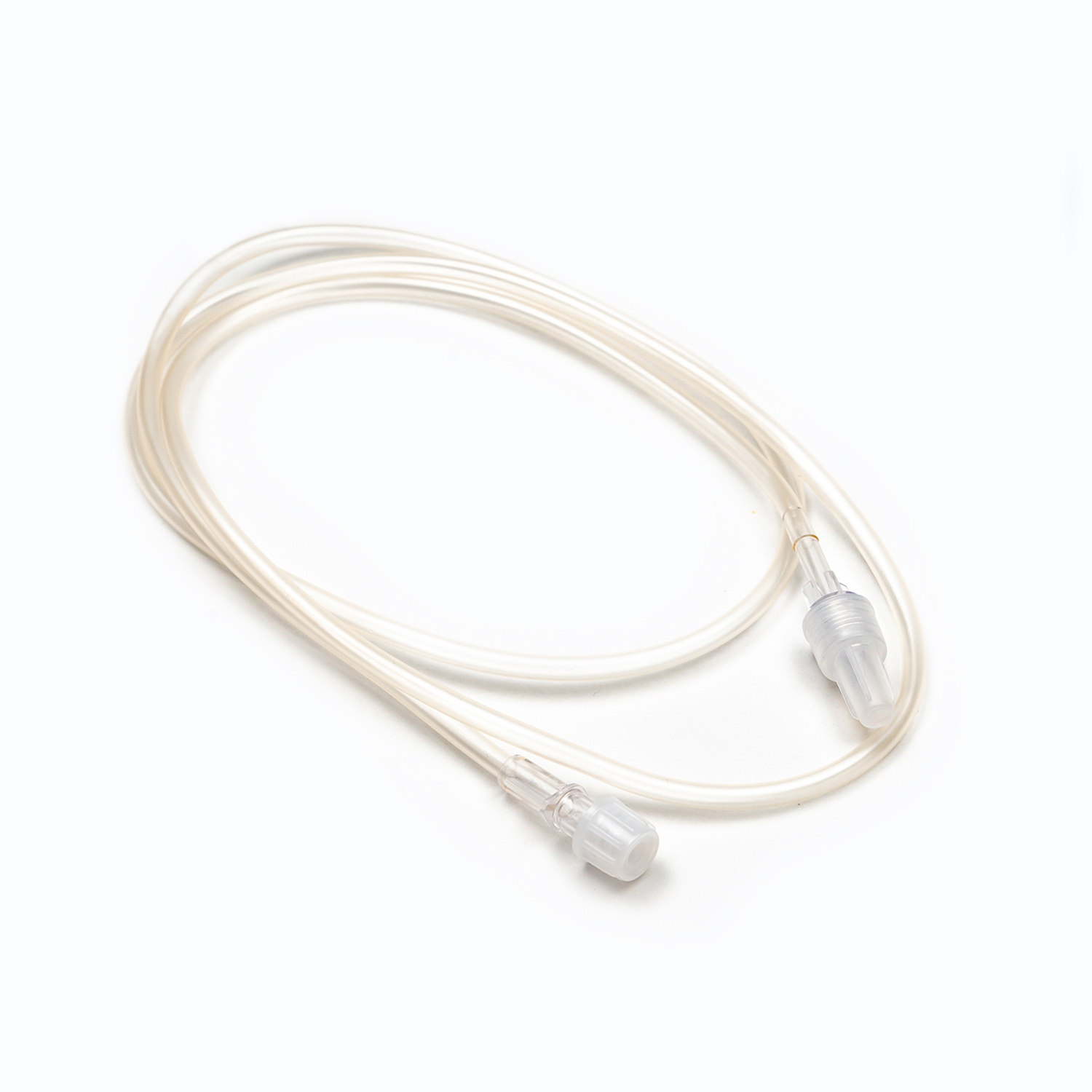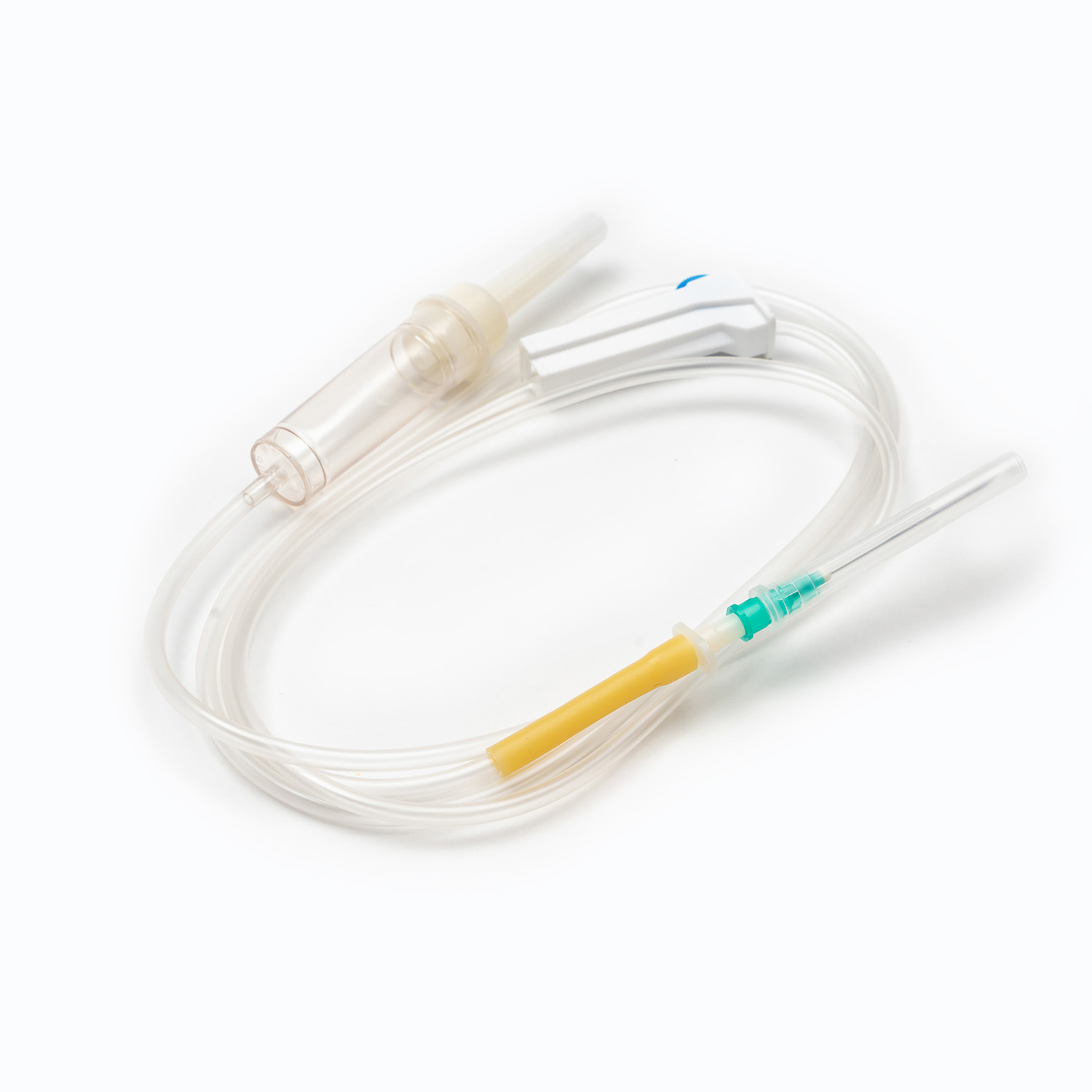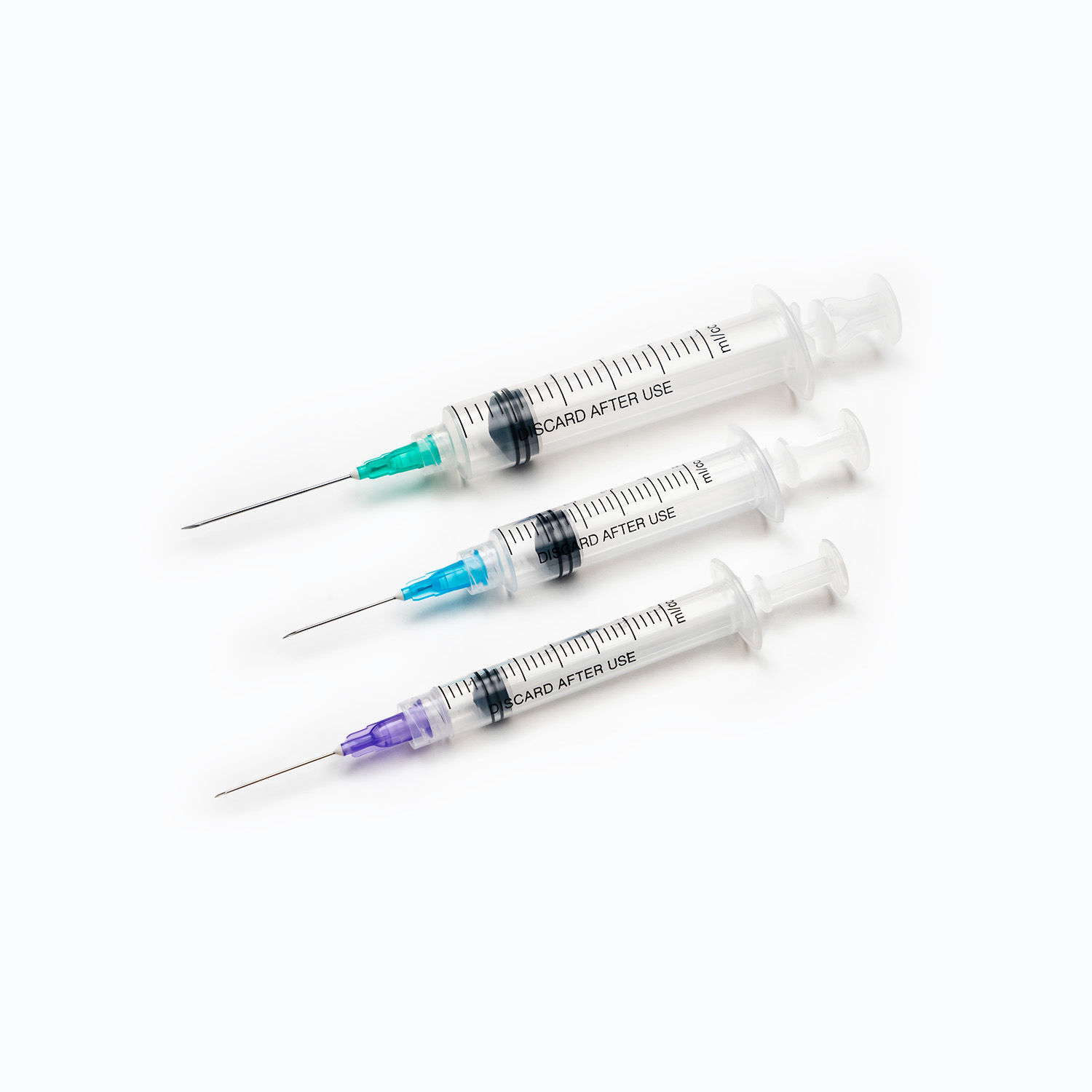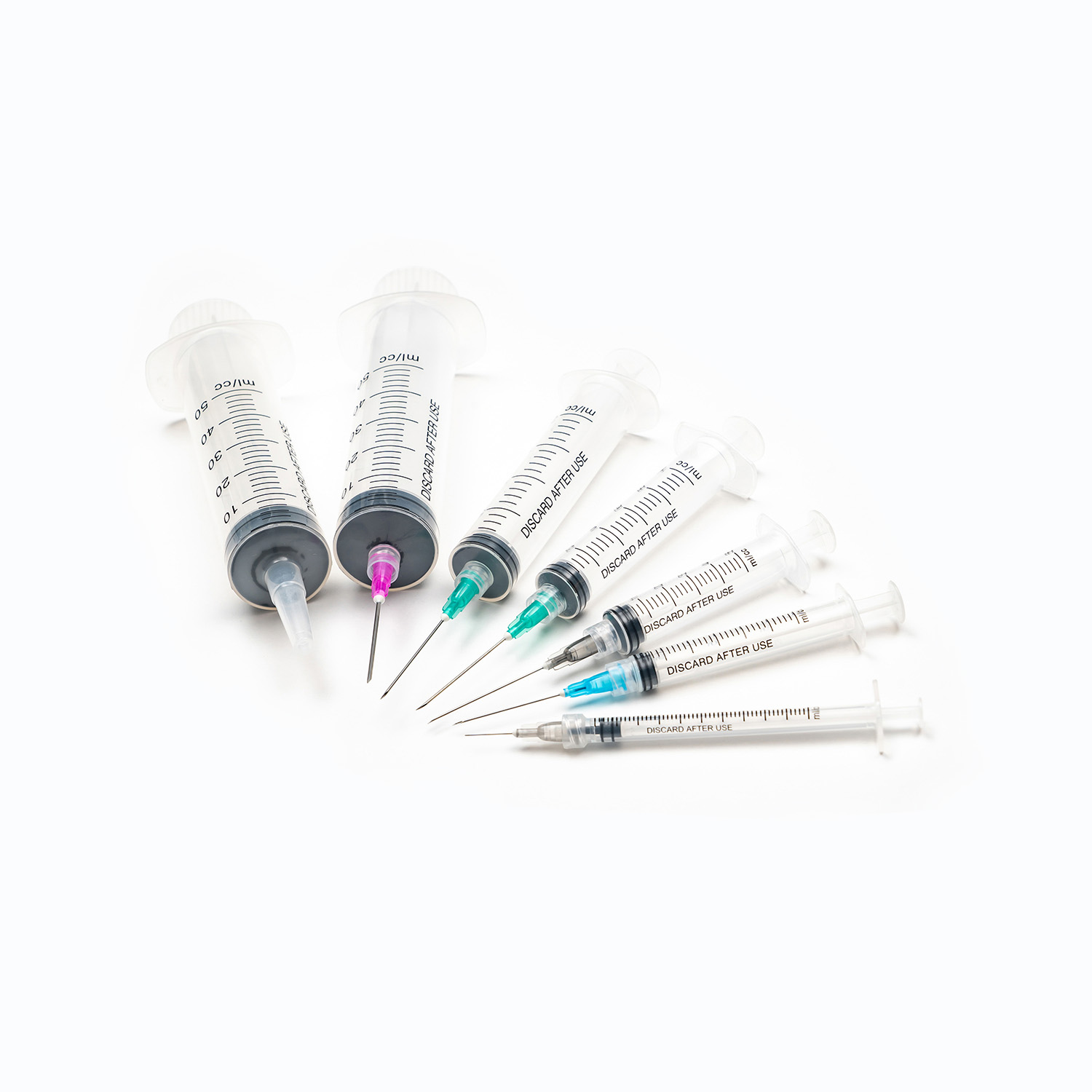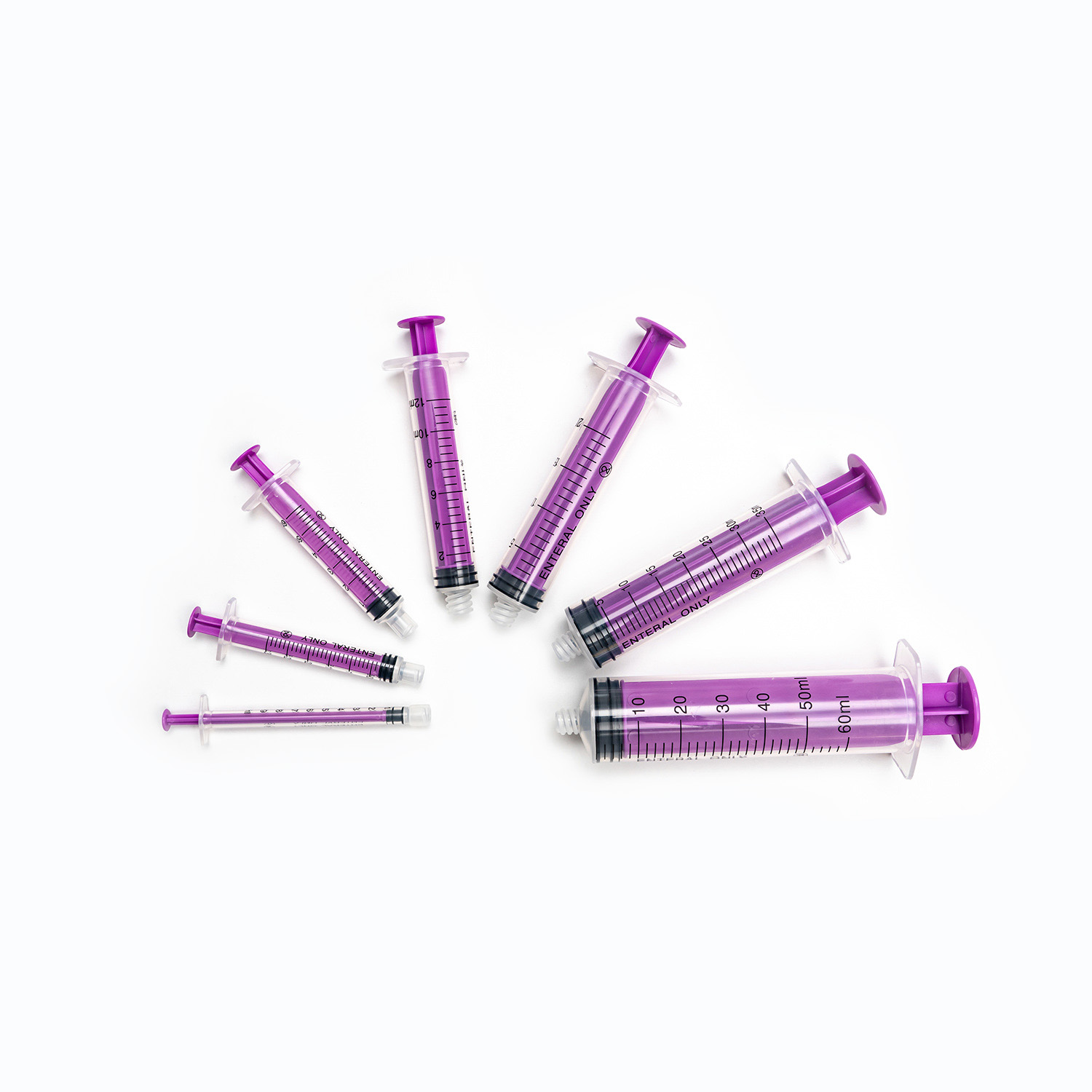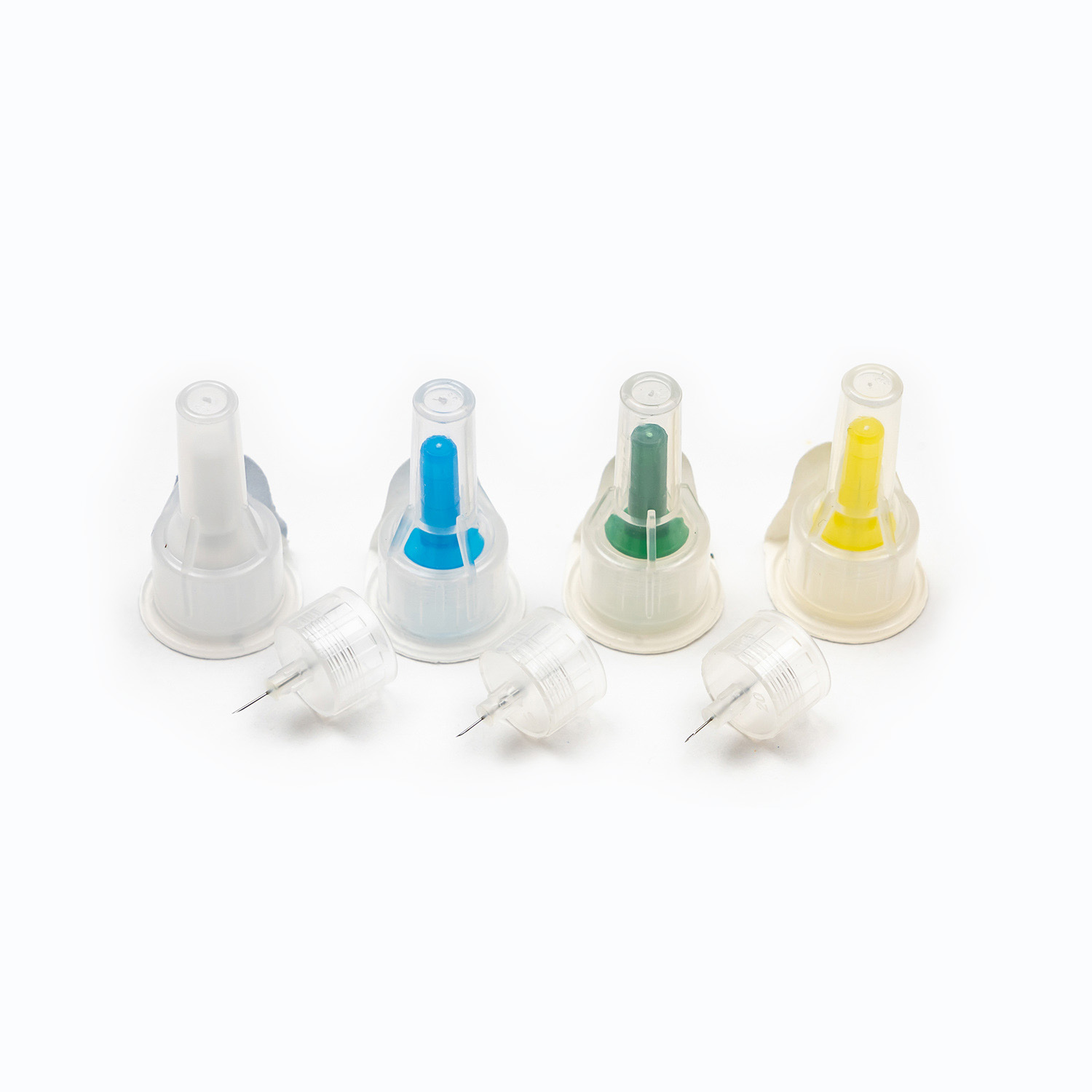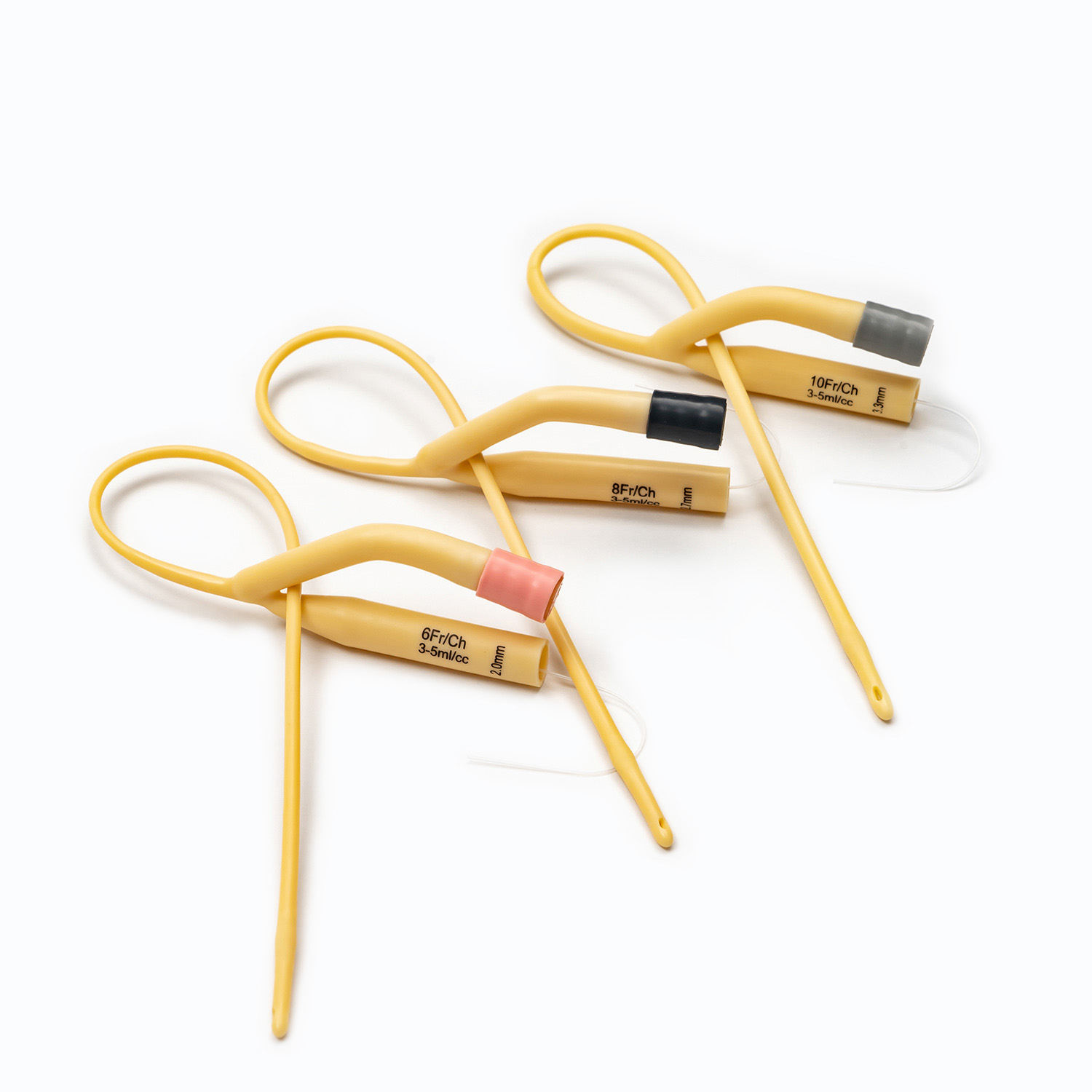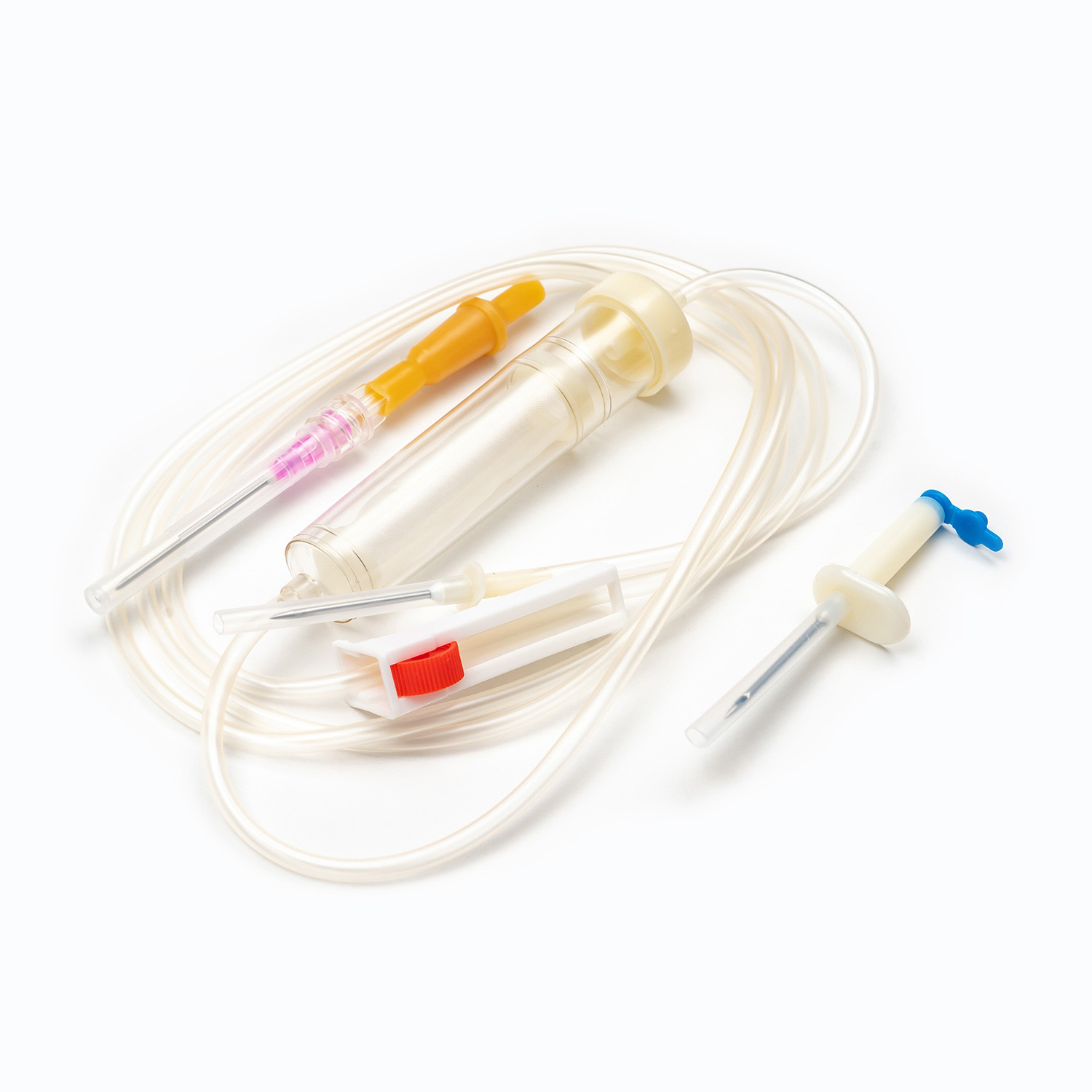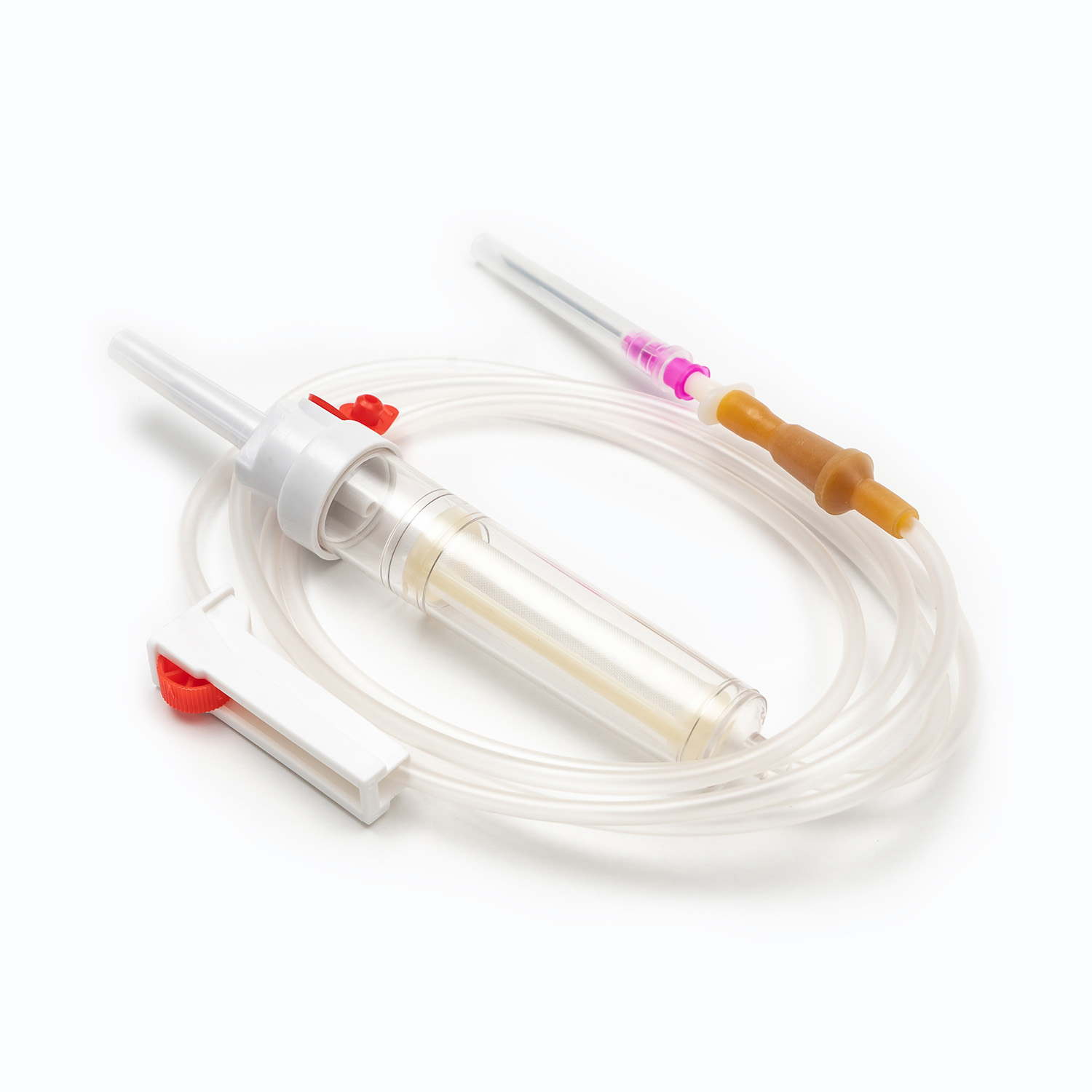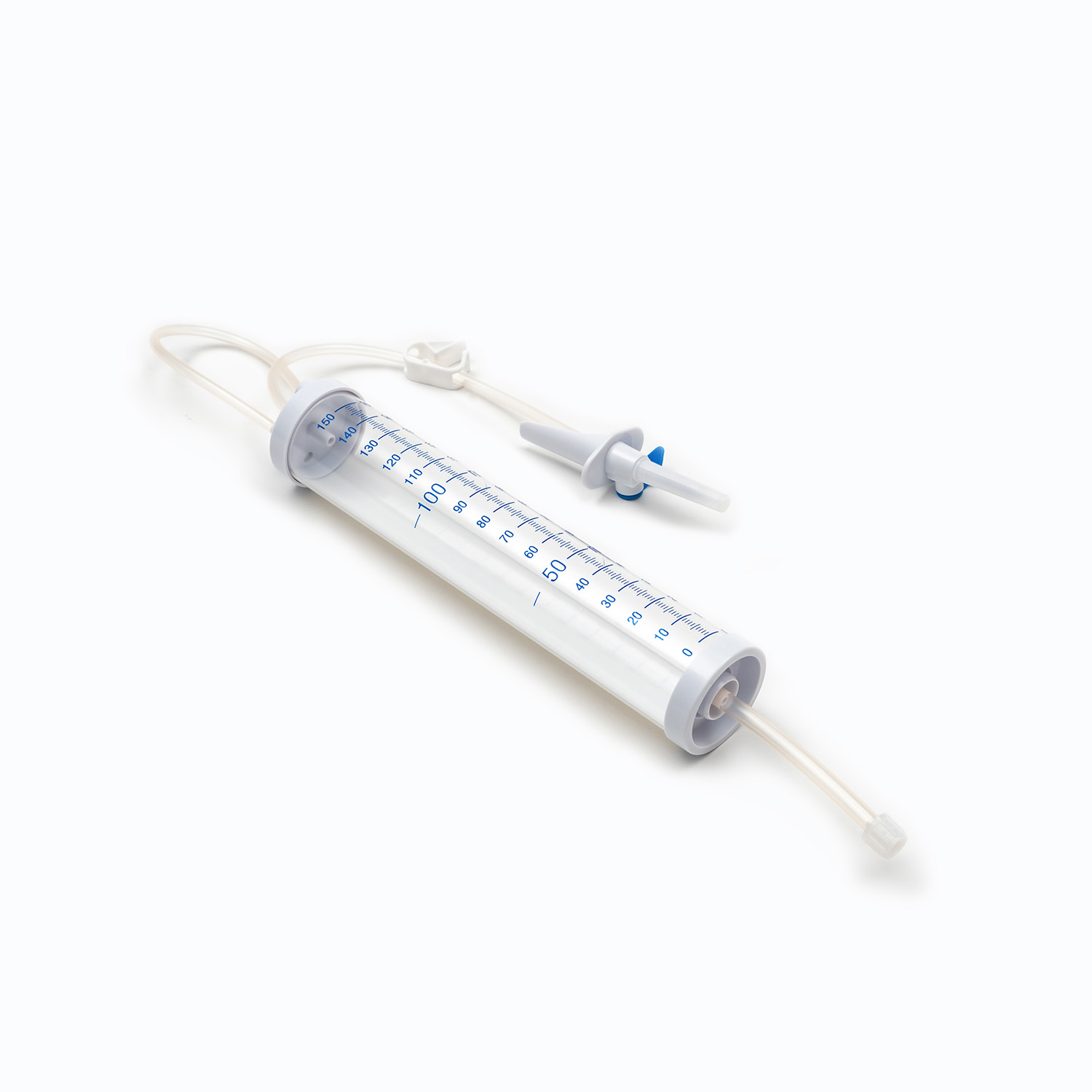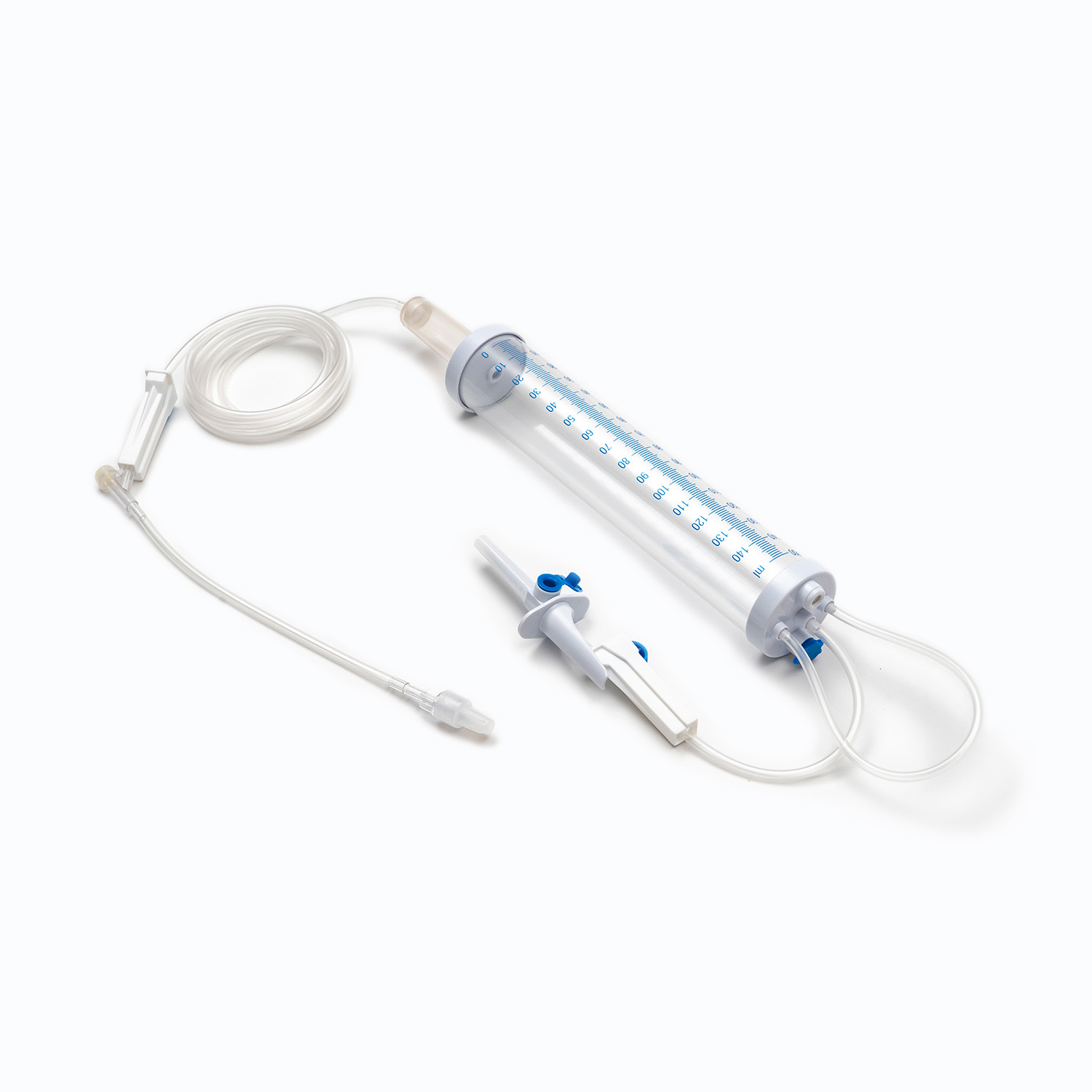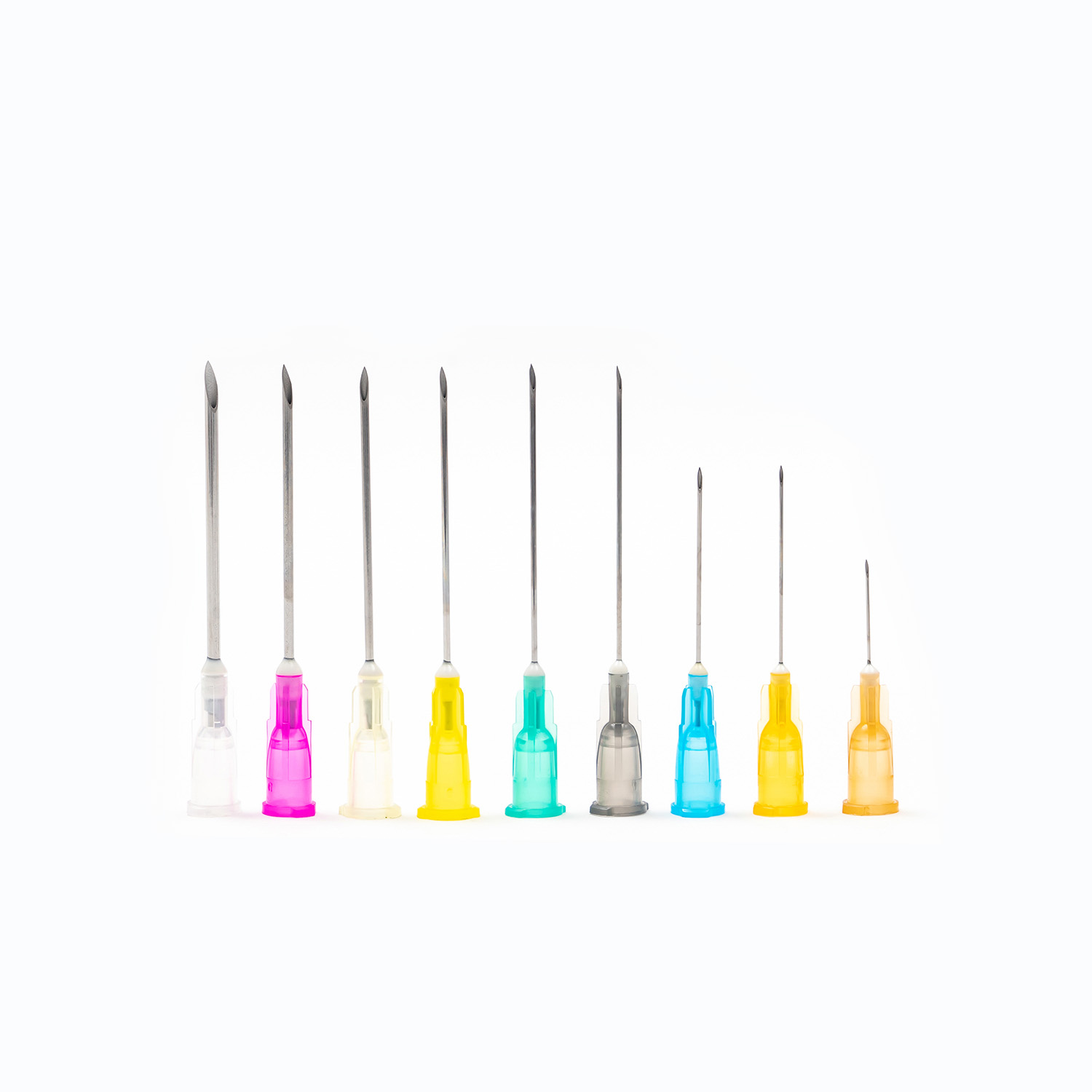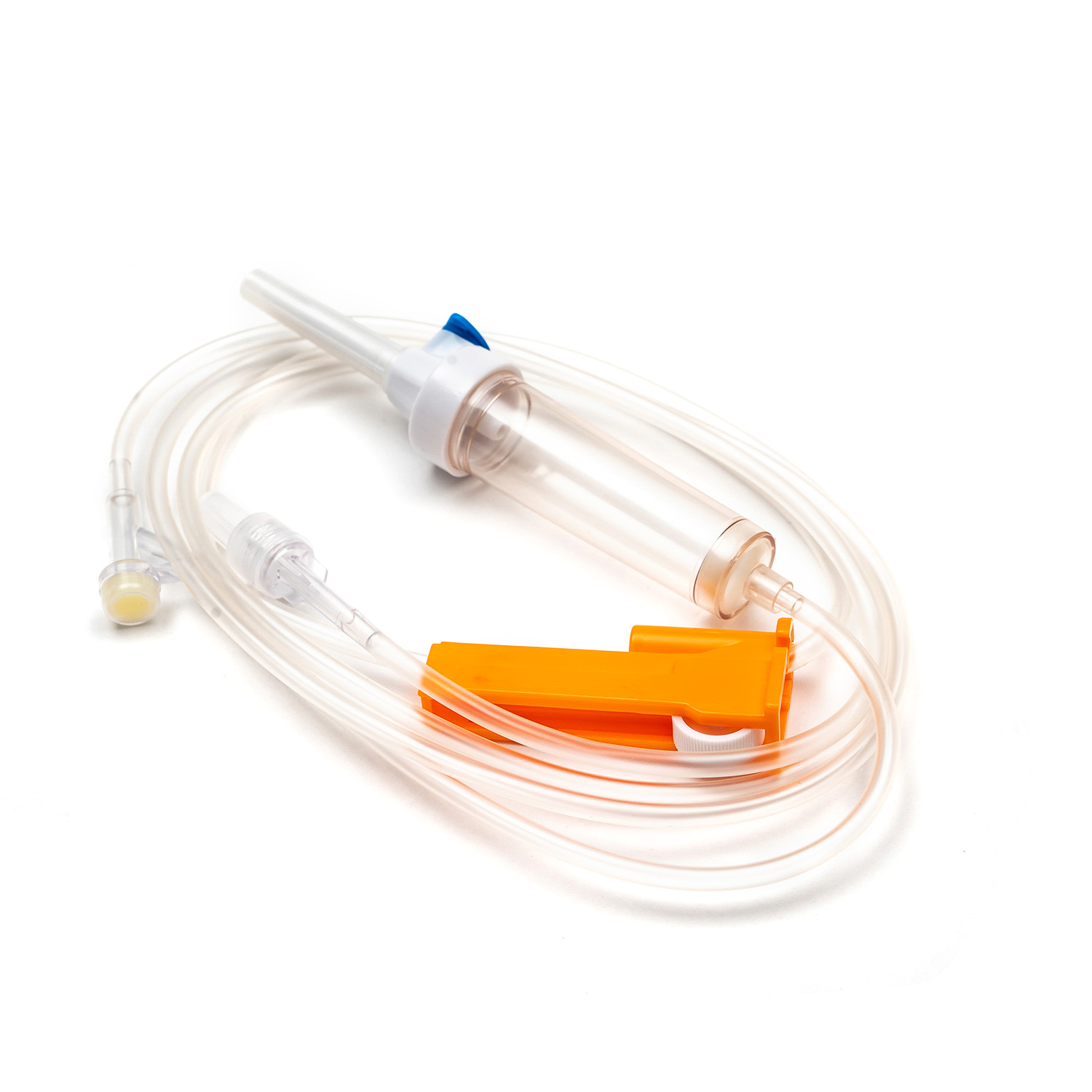Insulin syringes: a technological leap in diabetes management
Mar 08,2025
In the long history of diabetes management, the discovery of insulin is undoubtedly a milestone breakthrough, which has brought hope of life to countless patients. As the transmitter of this revolutionary treatment, the development of insulin syringes is also full of innovation and challenges. From the original glass syringes to today's high-tech smart pen syringes, the evolution of insulin syringes has not only greatly improved the convenience and safety of treatment, but also profoundly changed the daily life of diabetic patients.
Early insulin syringes were mostly glass products, which were bulky and complicated to operate. They required strict disinfection procedures and required manual calculation of the dose before each use, which undoubtedly brought a considerable burden to diabetic patients. However, with the advancement of materials science and the innovation of medical technology, disposable plastic syringes gradually replaced glass syringes, simplifying the use process and reducing the risk of cross-infection. Subsequently, reusable insulin pen syringes came into being. Through the preset dose knob, the dose adjustment is more accurate and quick, which greatly improves the patient's self-management ability.
With the rapid development of technologies such as the Internet of Things and artificial intelligence, insulin syringes have also ushered in an intelligent transformation. Smart insulin pens can not only record the time and dosage of each injection, but also connect to smartphone applications via Bluetooth technology to help patients track blood sugar trends and optimize treatment plans. Some high-end models even have built-in blood sugar prediction algorithms that can predict future blood sugar levels based on the patient's historical data, warn of hypoglycemia or hyperglycemia risks in advance, and provide patients with more personalized health management advice.
In addition to technological innovations, modern insulin syringes also pay more attention to the patient's experience and safety in design. For example, the ultra-fine needle design is used to reduce the pain during injection; the hidden needle design is equipped to eliminate the fear of injection; and the needle-free syringe is developed to inject insulin into the skin using the principle of high-pressure injection, which further improves the patient's acceptance and comfort. For pediatric patients, some syringes are also designed with cartoon appearances and interactive games to entertain and educate, making the treatment process easier and more enjoyable.



 English
English Français
Français русский
русский Español
Español
